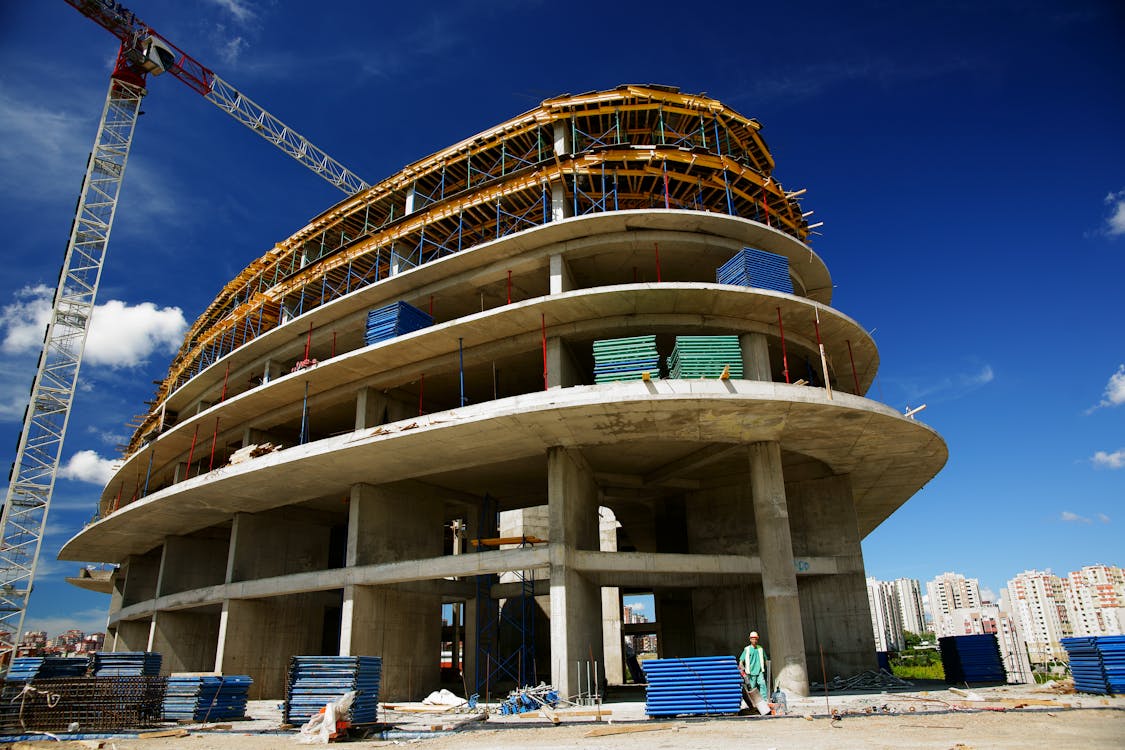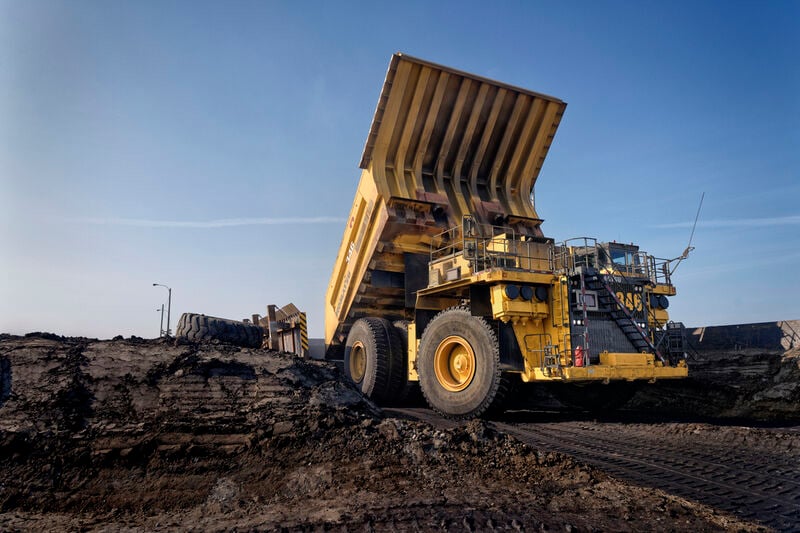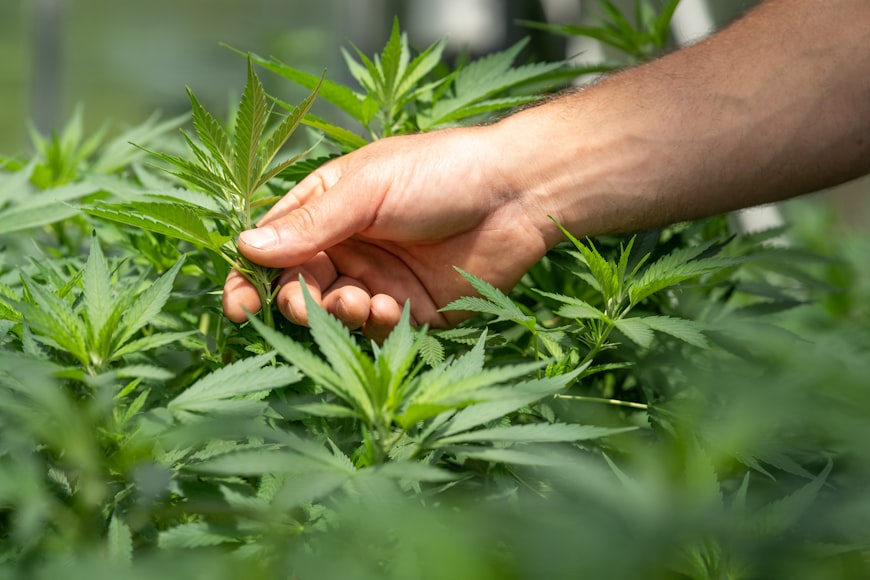It is pretty easy to grow cannabis (marijuana) at home. If you are ever in doubt, remember its most popular nickname, weed. However, being a little extra careful with your growing plants can pay off in terms of healthier and well-nourished yields. Read on for tips to maximize your cannabis growing at home.
Choose Good Seeds or Clones
Turn to reputable suppliers for your seeds or clones. This is not the time to cheap out, whether you are looking for sativa, indica, blends, or CBDs. You can buy high-quality seeds online instead of having to go to a store.
Choose Whether To Grow Indoors or Outdoors
There are advantages to growing weed plants indoors and outdoors. For instance, you have a lot more control indoors but must set up irrigation and lighting systems. Gear such as grow tents, grow lights, watering systems, and air filters can get expensive, and someone with technical know-how should set up the pieces. However, you could grow weed plants year-round indoors. Keep an eye on the electricity bill, and start small.
Outdoors is cheaper and could be a good option depending on where you live. Locations with a lot of sunshine and rainfall can produce thriving plants, but you have to monitor conditions. You might not be able to grow the plants year-round, either, and the risk of plants becoming stolen, eaten, pollinated, or diseased is higher.
Follow Instructions
Your supplier should include instructions for growing. For example, seeds from the horchata strain should be kept out of direct sunlight and germinate in three to 10 days. They can be tricky to grow and are best for experienced gardeners rather than beginners. Follow instructions carefully especially if you are new to gardening.
Use Feminized Seeds
Female plants mean reliability and stability. They produce smokable buds, so you want feminized seeds that produce female plants with the male chromosomes removed.
If just one male plant accidentally ends up in your group, it can pollinate the females. The result is females using their energy on making seeds and not on buds. Feminized seeds maximize your growing space since every plant will produce good-quality buds.
Focus on Germination
Germinating is the process of growing a seed into a seedling. Follow the germination directions you get from your supplier. General approaches include wrapping seeds in a damp paper towel until they develop a taproot, putting the seeds in a cup of water, or planting them in the ground.
Consider the Soil Type
Loamy soil drains well and is ideal for cannabis growing. Other soil types can work well, though. If you grow outdoors, you might not have complete control of the soil, but you can add conditioners to porous sand or dense clay to improve the situation.
You have 100% control of the soil type indoors and can even use hydroponics. It is a water-growing method and not for everyone since it requires considerable investment in supplies, equipment, building, and maintenance. Hydroponic growing makes faster growth and higher yields possible, though.
Strive for Optimal Airflow and Other Conditions
Good airflow prevents fungus and mold. You can use fans and exhaust systems for indoor plants. For outdoor plants, proper spacing safeguards against fungus and disease spread. Other general rules of thumb to follow include these:
- Stay in the ideal temperature range, typically 60 degrees Fahrenheit to 85 degrees Fahrenheit.
- Keep humidity levels at 40% to 50%. Hygrometers help you measure these levels.
- Follow N-P-K (nitrogen, phosphorus, and potassium) for fertilizer. Cannabis plants should have N-P-K, generally in a 10-10-5 mixture during the growth stage. In the flowering stage, 5-25-9 works well. You can get fertilizer premixed.
- Avoid adding too much water and fertilizer. Irrigate your plants every couple of days, especially when the soil feels dry. Plants with yellowing or droopy leaves may need more water.
It can take some time and experience to understand weed plant biology. Growth cycles, nutrient requirements, and environmental conditions are somewhat a matter of trial and error.
Expect Certain Challenges
Common challenges to growing cannabis at home include high humidity. Elevated humidity can inhibit growth and diminish bud size and quality. It can also cause bud rot and other disease outbreaks.
However, typical gardening methods to control humidity may not work with cannabis plants. That is because the buds may trap humidity inside. Dehumidifiers for cannabis cultivation can help in greenhouse and indoor growing conditions and save on energy costs.
Maintaining sufficient lighting is another challenge. Marijuana plants need a lot of light, and beginners may find it tricky to give their plants the right type and amount of light. However, planning ahead can help greatly.
Remember the Legality
Growing cannabis at home is not legal everywhere. In places it is legal, there may be restrictions on the number of plants you have. If you violate any regulations, officials might seize and destroy all of your plants.
Growing cannabis can be fun, rewarding, and relatively easy. With the right research and equipment, many people grow thriving cannabis plants at home.











